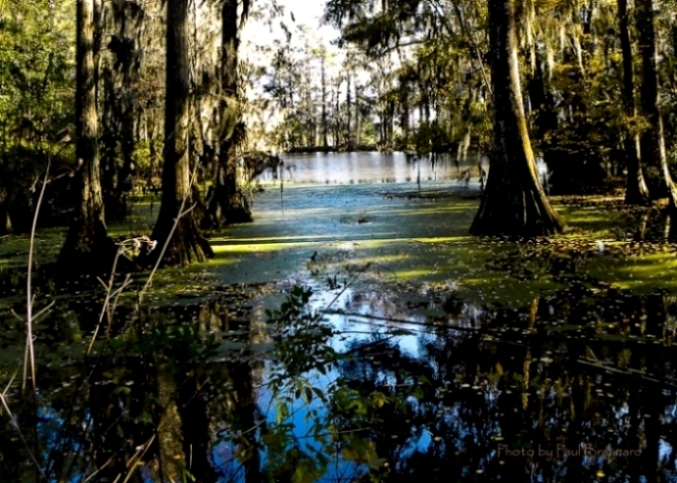Overwhelming evidence exists that single stable equilbria, or other balance-of-nature notions are not a normative state for Earth surface systems (ESS), and not more common or significant than nonequilbrium. Despite this evidence, management, policy, and even scientific models and theories are often grounded in notions of a single stable, normative state. Why? I suggest six interrelated explanations.
1. Steady-state is a useful simplifying assumption
Nature is vast and complex. Comprehension requires some simplifying framework(s). Equilibrium is means of simplification appealing to a basic human preference for order and predictability. Models based on equilibrium assumptions that are unproven or even known to be false can nevertheless produce useful results (as is also the case in social sciences). This modeling success can contribute to an illusion of equilibrium as an accurate characterization of nature.
Steady-state regolith or soil thickness, whereby weathering at the bedrock interface roughly balances surface removal, does not accurately describe actual weathering and pedogenesis. However, it is a useful and convenient fiction for many modeling purposes. (Madison County, Kentucky)
2. Goals & targets
Second, engineering, restoration, and management typically require some sort of goal. Selecting goals is easier when we assume or imagine a single natural or balanced state. Justifying and explaining goals is easier if one claims to be doing exactly what nature intended. And, faced with multiple options and limited information, the assumed normative equilibrium state may be as good a choice as any.

What should the management target be for this wetland? Might as well be based on equilibrium, in the absence of other goals or criteria. (Middleton Swamp, North Carolina)
3. Ontological uncertainty
Scientists emphasize what we do (think we) understand, rather than what we do not, and we understand equilibria better than non-equilibrum states. Thus we have traditionally focused on regularities, predictable patterns, and equilibria, even when we are fully aware of irregularities, unpredictable patterns, and nonequilibria.

Instead of focusing on the complicated weathering profile on the bottom, why not explain the easier one on the top? The two are actually within a few meters of each other in Comal County, Texas.
4. Scale contingency
Since steady-states, etc. do exist in nature, we can find them. And because equilibrium is scale contingent, we can often broaden or restrict scales to find it. Turbulent fluid flows, for instance, are a canonical example of dynamical instability and deterministic chaos. However, we can refocus the microscope on the interaction of two or three particles, and the physics are well-known and well-behaved. Or, we can refocus the telescope on the aggregate properties of flow, where despite the chaos, overall tendencies and behaviors can be readily described and understood.
Turbulent flow, Shawnee Run, Kentucky.
5. Relaxation time equilibrium
Relaxation time is the period required for a system to adjust to a change or perturbation. Relaxation time is always finite, and usually decelerates. This can interpreted as achieving a “new equilibrium.” More likely is simply that relaxation time has elapsed, and the new state was not necessarily preordained.
Revegetated gully on abandoned grazing land, South Australia. New state of balance, or just finished responding to land use change?
6. Constraints
Sixth, ESS have buffering capacities, feedbacks and multiple degrees of freedom in responding to changes. These do not necessarily operate to restore or maintain a (single) balanced state, but they do, along with first-order constraints imposed by general laws, constrain what can happen. Together, these phenomena can easily give an impression of a balance of nature to those who are looking for it--and many humans are.
There are many possible evolutionary trajectories for this eroding bluff in Craven County, North Carolina. But not an unlimited number!
What does it matter?
Admitting that a balance of nature is merely a convenient fiction does not imply a lack of any kind of order or predictability. It does change the context of predictability, but this can be dealt with, as a vast literature on complexity, nonlinear dynamics, nonequilibrium dynamics, multiple stable states, path dependency, and state-and-transition models in geomorphology, ecology, pedology, climatology, and other sciences shows.
And maybe, I have to admit, even if an ESS is not trending toward a steady-state equilibrium in a dynamical systems sense, it doesn’t hurt to call a relaxed state; a restoration target; a reference condition that—as long as we recognize what’s really going on.
